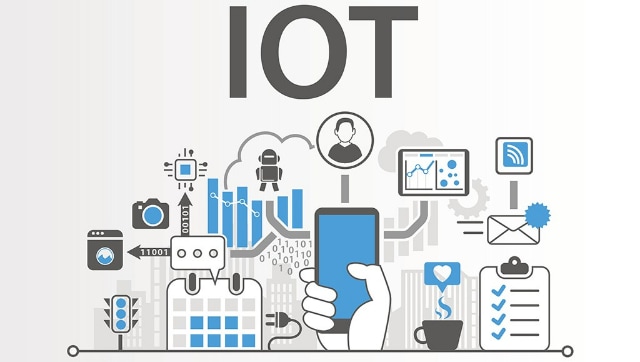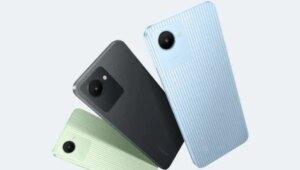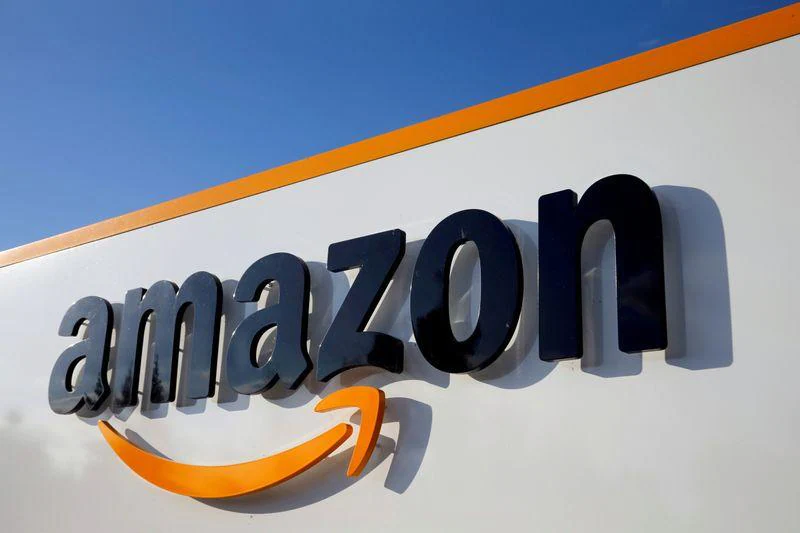Damyant Singh KhanoriaOct 03, 2022 17:47:48 IST
In this digital era, as devices become more interconnected, the possibilities for use of IoT or Internet of Things in marketing have grown manifold. Tech developers are still working on creating new ways of embedding IoT in daily-use items.

I believe that this is a good opportunity that paves the way for marketers to craft effective narratives around their brands and products to forge meaningful connections with customers.
Smart devices have already brought changes to how marketers create content. The SEO landscape has also altered dramatically in the past few years. Search strings have become longer and voice commands are no longer a thing of the past.
Customers are increasingly using digital assistants to conduct searches on their behalf. For instance, customers no longer key in “car repairing services in Delhi”, while using a voice assistant. Instead, all customers have to do is say, “Hey Google/Alexa tell me the best car repair services near me”.
Innovative product features demand innovative marketing strategies and marketers need to cater to this need.
Growing the Connected Devices ecosystem
Industry reports suggest that IoT will revolutionize marketing within a year’s time. Over 50 per cent of leading marketers, globally, anticipate that IoT will significantly change the field of marketing by 2022.
The IoT market size is expected to grow up to $650.5 billion by 2026, at a CAGR of 16.7 per cent from 2021 to 2026. Data analytics will be key for marketers to gauge and come up with creative marketing strategies catering to customer behaviour. IoT devices not only tell us more about the customer’s behaviour, but they also help open a line of effective communication for brands to get real-time feedback.
I think this is a very important tool that brands must use to improve and provide products and services and offer bespoke advertising. Hence, IoT is fundamentally changing marketing, and the wheels of change are already in motion. Needless to say, as the speed of trends and technology in customer behaviour increases, fast-evolving marketing strategies is imperative.
Brands will have to invest in technologies that will elevate the customer experience to a new level. Personal technology, such as wearables, smartphones, and embedded smart assistants, will have a decisive role in how brands engage with customers.
How IoT is Evolving the Role of Marketing
As the capabilities of connected devices grow, the opportunities to incorporate them into an omnichannel marketing approach also multiply.
For instance, data gathered with the interaction of multiple devices can help the brand deliver relevant messages and enhance the personalized experience, driving customer delight. Connected devices are changing the role of marketing, and brands and products are becoming channels.
Product development
The Internet of Things not only helps improve product quality but also assists in forecasting demand and planning for new products. Accessing data from IoT devices will enable businesses to make better, faster decisions.
The important role that data analytics plays also helps in understanding the customer’s needs, buying habits, how trends affect those habits, and geographic location, precisely enabling marketers to tailor their products appropriately.
IoT can deliver more accurate data on customer preferences – a gift of IoT, I believe, that has made marketing more dynamic and will continue to do so. Smart devices allow brands to “read” their customers’ minds. A huge wealth of data is provided by smart devices, which help businesses understand their customers better.
Personalization
Data from IoT devices can make it possible for brands to identify popular trends and patterns of their target audience, enabling marketers to craft compelling and highly personalized content for social campaigns that will generate higher engagement rates and increase the ROI.
Moreover, with IoT-enabled devices, brands can directly link usage to customer requirements and eliminate irrelevant ad placements. For example, if a lightbulb stops working in smart home automation, the IoT network will make a note of it and generate a digital coupon. This coupon can then be accessed via a smartphone, enabling the user to order a new bulb online. For marketers, this will make campaigns more relevant, cost-optimized, and actionable by cutting out unwanted ad expenses.
Relevant offers and seamless resolution at the right time
With connected products and services, brands can track usage in real-time. By understanding how, when, and where customers use the products, brands can map offers directly to a customer’s needs or interests at a specific time.
Connected services open a two-way conversation between customers and businesses, providing faster ways to resolve and prevent issues. With real-time visibility into device behaviour, companies can monitor performance, and identify and fix problems as they occur, sometimes before the customer has had a chance to even notice.
As digital pioneers raise the bar of customer experience, consumers expect targeted, highly responsive, and relevant communication from brands. In this competitive age, any lapse, may result in losing a customer to a brand with better services and experiences.
For bespoke retail shopping experience, brands have been using location-based trigger notifications about coupons and discounts via geo-fencing. As technology evolves and 5G is rolled out across India, these tools will evolve to become sophisticated and smarter.
Customer Relation Management
The single most important effect of IoT in marketing is the evolution of CRM (Customer Relation Management). With robust CRM software, marketers can gather customer data and uncover key insights about the customer journey.
Using these insights, companies can tweak campaigns and marketing strategies. Such data can help brands understand different touchpoints across various devices in shaping the customer experience and encourage customers to convert.
The Bottom Line
A revolutionary technology trend, IoT makes it possible to create a new world of connected experiences. It also has the potential to transform marketing strategies and functions, ushering in an era of creativity and personalization.
Therefore, to keep pace with customers’ constantly evolving behaviour, brands need to adapt to the ever-changing customer profiles and new needs of existing customers and adopt cutting-edge solutions that will help consistently serve the customers’ highly personalized and precise demands.
The author is the Chief Marketing Officer of OPPO India. Views and opinions expressed here are personal.










